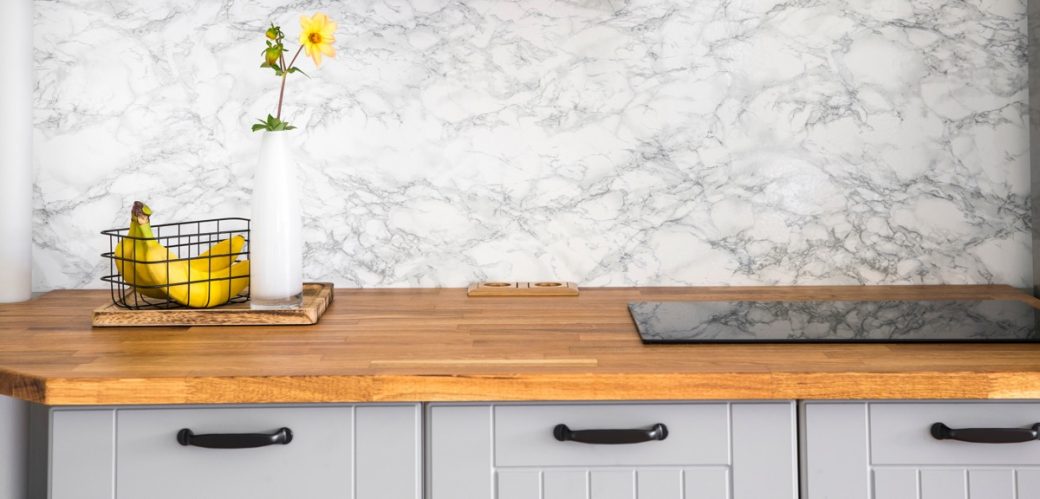Mildew on bath tiles is a common problem that many homeowners face. Not only does it look unsightly, but it can also lead to health issues and damage to your bathroom. Fortunately, with some proactive steps and regular maintenance, you can significantly reduce mildew growth and keep your bathroom looking fresh and clean. Here’s a comprehensive guide to help you tackle and prevent mildew on bath tiles.
Understanding Mildew
Mildew is a type of fungus that thrives in damp, warm, and poorly ventilated environments. In bathrooms, the combination of humidity, warmth from hot showers, and limited airflow creates an ideal breeding ground for mildew. It typically appears as a black, gray, or greenish film on tiles, grout, and other surfaces.
Steps to Reduce Mildew on Bath Tiles
1. Improve Ventilation
Proper ventilation is key to preventing mildew growth. Ensure your bathroom is well-ventilated by:
- Installing an Exhaust Fan: A good exhaust fan will help remove moisture from the air. Run it during and after showers to keep humidity levels in check.
- Opening Windows: If possible, open a window during and after showers to allow fresh air to circulate and reduce moisture levels.
2. Regular Cleaning
Consistent cleaning prevents mildew from taking hold. Follow these steps for effective cleaning:
- Use Mildew-Resistant Cleaners: Choose cleaning products specifically designed to combat mildew. These often contain ingredients like bleach or antimicrobial agents.
- Scrub Tiles and Grout: Use a non-abrasive brush or sponge to scrub tiles and grout regularly. Pay extra attention to grout lines, where mildew tends to accumulate.
- Dry Surfaces Thoroughly: After cleaning, dry the tiles and grout with a clean towel to remove any remaining moisture.
3. Address Leaks and Water Issues
Leaks and excess water contribute to mildew problems. To address these issues:
- Fix Leaks Promptly: Inspect pipes, faucets, and showerheads for leaks and repair them as soon as possible.
- Check for Standing Water: Ensure there is no standing water in the shower or bathtub after use. Consider using a squeegee to remove excess water from tiles and glass.
4. Use Mildew-Resistant Products
Incorporating mildew-resistant materials and products can help reduce mildew growth:
- Mildew-Resistant Grout and Sealers: When tiling or re-grouting, choose products that are specifically designed to resist mildew. Applying a mildew-resistant sealer can also help protect grout lines.
- Water-Resistant Materials: Consider using water-resistant materials for bathroom fixtures and decor. These materials are less prone to mold and mildew growth.
5. Control Humidity Levels
Maintaining appropriate humidity levels can prevent mildew growth. To control humidity:
- Use a Dehumidifier: In bathrooms with persistent humidity issues, a dehumidifier can help reduce moisture in the air.
- Monitor Humidity Levels: Use a hygrometer to keep track of indoor humidity. Ideally, humidity levels should be kept between 30-50%.
6. Apply a Mildew-Resistant Coating
A mildew-resistant coating can add an extra layer of protection:
- Mildew-Resistant Paint: For painted surfaces, such as bathroom walls, choose mildew-resistant paint. This type of paint helps prevent mold and mildew growth on the surface.
Quick Tips for Maintenance
- Wipe Down Tiles After Use: Quickly wiping down tiles after showers can help remove excess moisture and reduce mildew on bath tiles risk.
- Inspect Regularly: Regularly check for any signs of mildew or water damage and address issues promptly.
- Use Natural Remedies: For a natural cleaning option, consider using a mixture of vinegar and water. Vinegar has mild antifungal properties that can help combat mildew.
Conclusion
Reducing mildew on bath tiles requires a combination of proper cleaning, improved ventilation, and proactive maintenance. By following these steps, you can maintain a clean and healthy bathroom environment. Remember, prevention is key, so stay on top of ventilation, cleaning, and moisture control to keep mildew at bay. With these practices in place, you’ll enjoy a fresher, more inviting bathroom for years to come.

